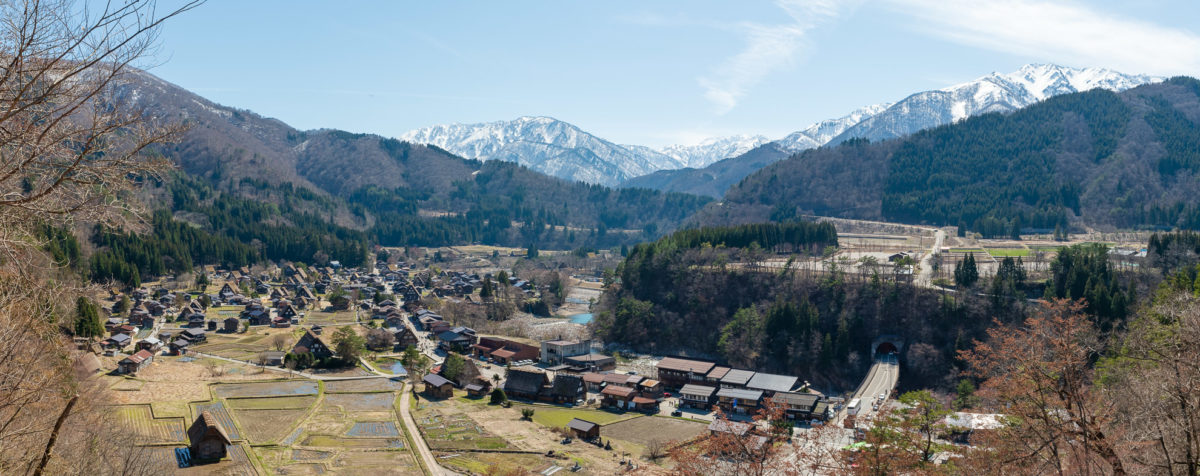After Hiroshima, it was time to head east. The trip had been good thus far — the weather had been mostly cooperative and we had checked off a lot major tourist spot off of the list. From here on out, the destinations chosen to squeeze into our itinerary were the subject of much debate. Eventually, Kobe, Shirakawa-go and Takayama made the cut for various reasons, and here’s my account of our time there.
Kobe
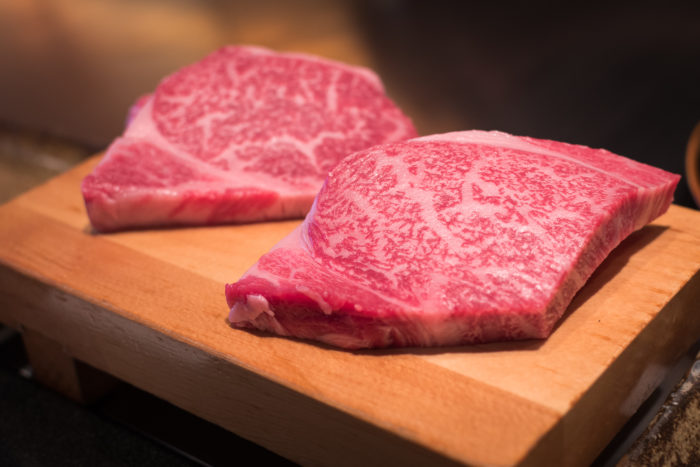
The first stop was Kobe, which the wife insisted was non-negotiable. She had watched a few too many Youtube videos extolling the life-changing experience that is Kobe beef. It mattered not that there are plenty of other prefectures in Japan which boast high-quality wagyu beef. The die had been cast, and we took off in the morning from Hiroshima for lunch in Kobe.
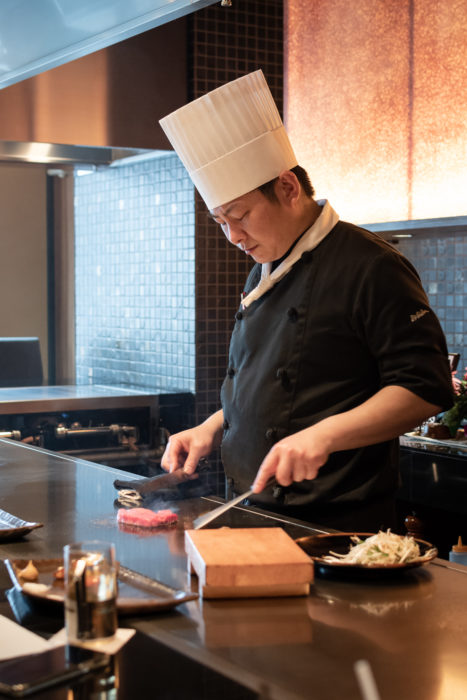
We had a reservation at Kobe Steak Ishida, which had made been weeks ago before we had even flown out. At the time, the prices for lunch was 12,000 yen for the A5 grade 150g sirloin course, and 9,800 yen for the A4 grade 150g sirloin course. It was the most expensive meal of the trip by a healthy margin, but still substantially cheaper than prices at dinner hours.
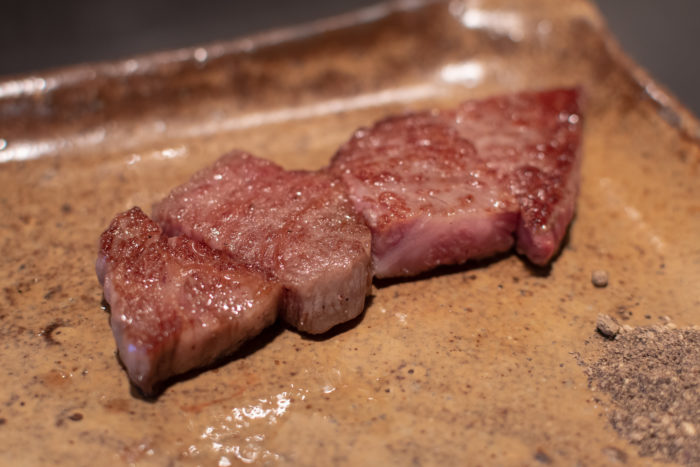
Like fatty tuna, the high fat content gives the meat a buttery taste. The A4 still felt like steak, albeit a particularly soft one, but some of the A5 ventured into meat pudding territory. If I didn’t know any better I’d call it oily, but it was all fat melting out of the steak. For seasoning there were wasabi, ponzu sauce, and soy sauce, but I prefer salt and pepper, which really makes the flavour pop.
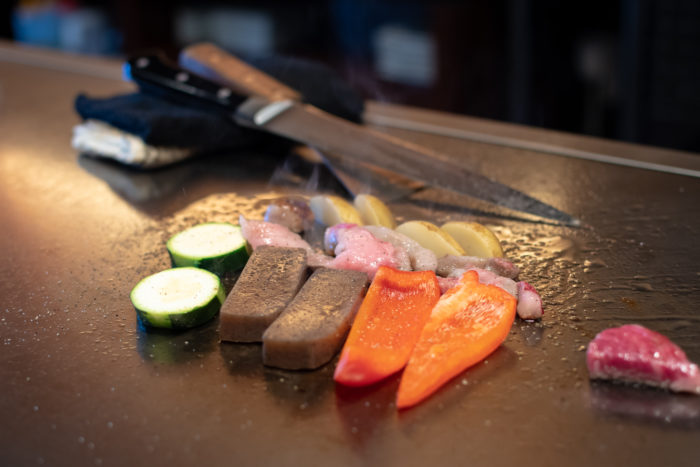
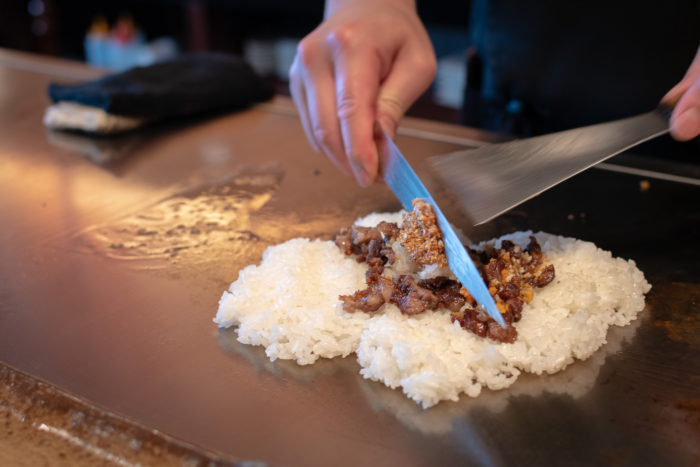
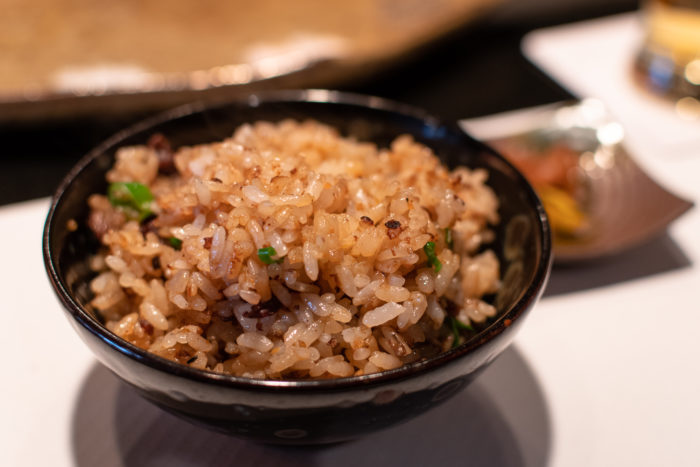
Nothing from the previous beef goes to waste, as the extra fat exuded from the beef is used to cook peppers, zucchini, bean sprouts, konnyaku, garlic chips, red bell peppers, and potatoes. For a bit of extra money, you can even get some fried rice together with the leftover beef bits, which is definitely the best way to enjoy any messy leftovers.
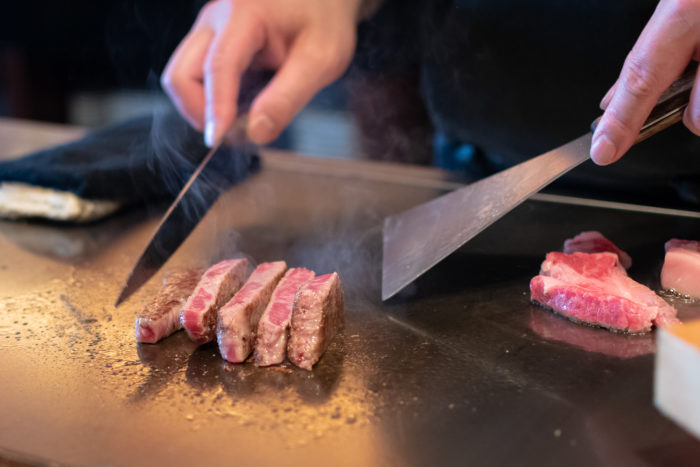
In addition to the food, there is an element of performance art to the experience. Watching the chef’s feats of culinary acrobatics with his spatulas was hypnotic. The man was able to scoop up liquid fat with these flat tools with ease, as if the tools are extensions of their hands.
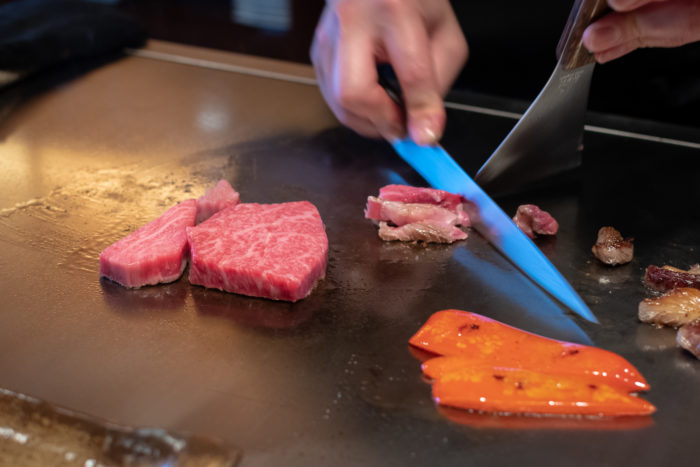
The verdict on the good? It’s certainly different, but not something we’re dying to try again, especially given the 21,800 yen price tag. The food is undeniably great, and we’re really glad to have tried it, but there are a lot of other options for comparably enjoyable food, all of which could be had for substantially less. More memorable than the food itself is the aforementioned presentation, so if I had to rationalize the price, I would say the bill was a 50/50 split between the experience and the actual food itself.
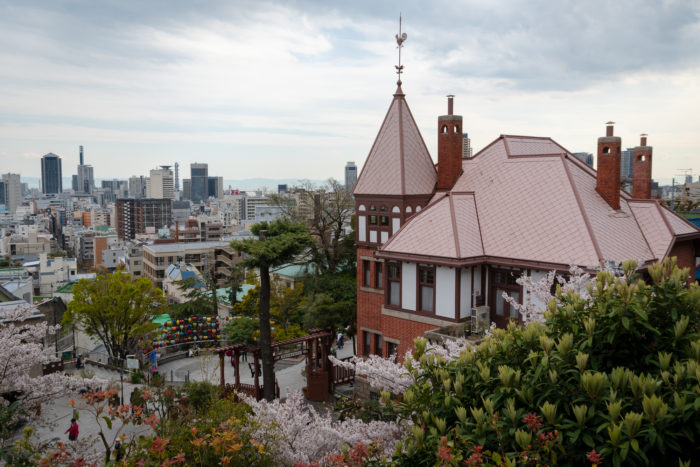
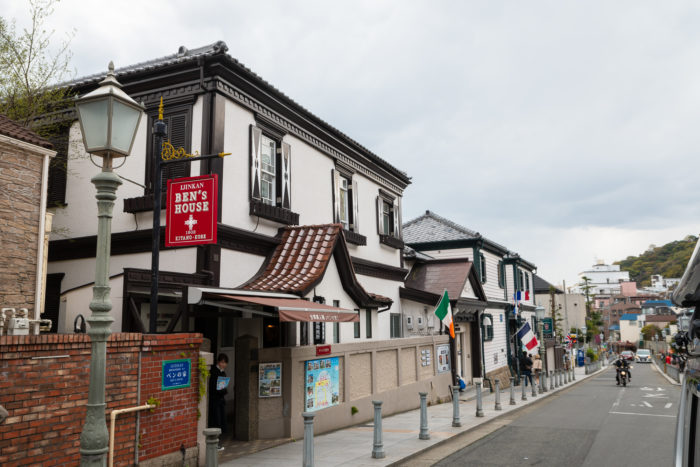
Kobe was one of the first ports to open up to foreign traders, which has left an impression on the city. There’s Kitano-cho, a district overlooking the city where foreigners lived. Most of the houses are now miniature museums, with each house named after the nationality of the original inhabitants.
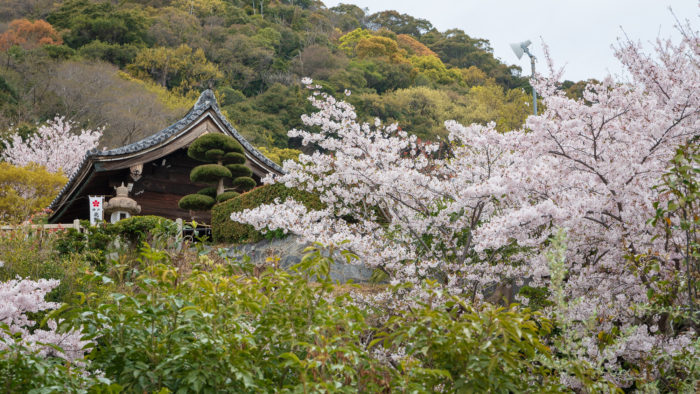
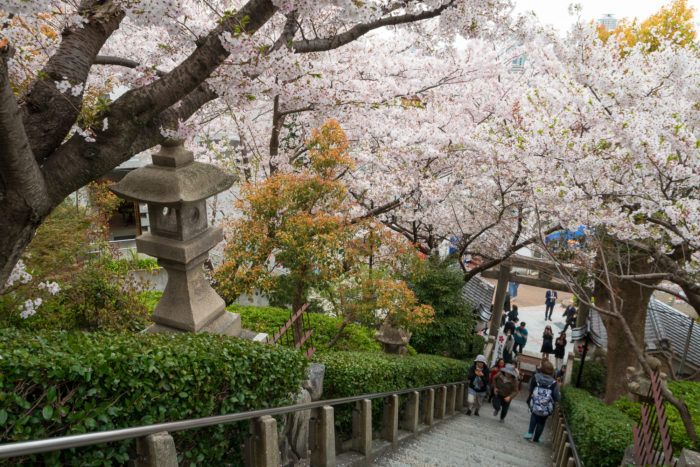
While reaching the Kitano-cho is a bit of a steep uphill hike, the view is quite nice. We happened upon a small shinto shrine here lined with cherry trees in full bloom. The sight left me awestruck, which is saying something considering the amount of cherry blossoms we had seen on the trip thus far.
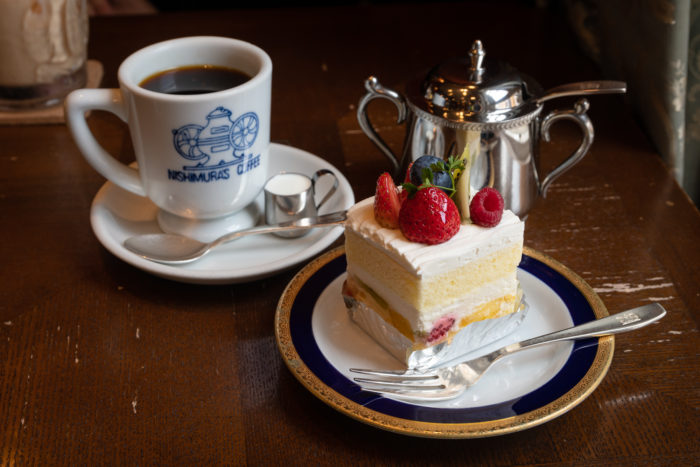
Kobe is also known for coffee culture, with Nishimura’s Coffee being the first Japanese coffee shop to serve black coffee in 1948. Today, Nishimura’s Coffee is still going strong, serving coffee in classy settings. I’m not much of a coffee connoisseur. I never drink coffee black at home, but I was surprised at how tasty the beverage tasted served straight. There was a slightly fruity and acidic taste to the coffee, and it really didn’t need any sugar at all!
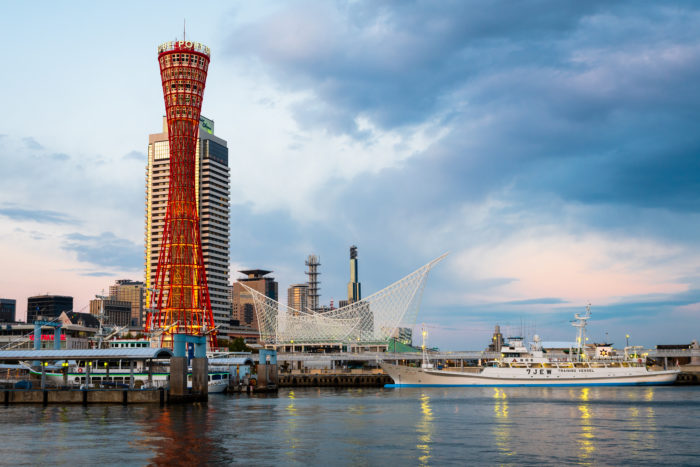
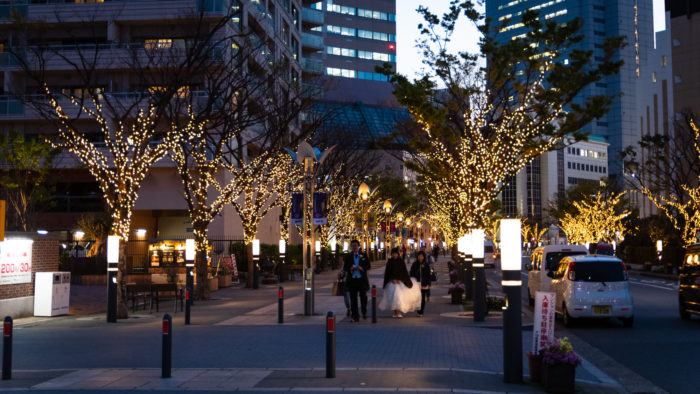
And that was about it for Kobe. We sampled some pork buns in Chinatown, walked along the waterfront, took some tourist photos of the Kobe tower, and did some shopping. After accomplishing the beefy main objective, everything else was just gravy. After a very jam-packed trip thus far, it was nice to not have any place to be, and Kobe proved to be a nice place to relax before going back on a very tight schedule.
Shirakawa-Go
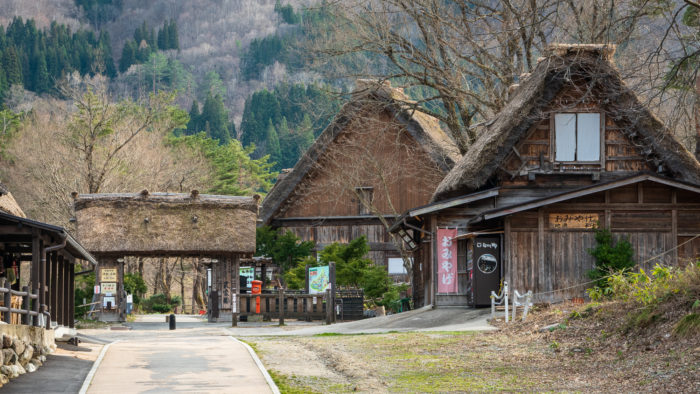
The first half of the following day was spent across two bullet trains and a local train bound for Takayama, a quiet town in the Japanese alps. We were heading there for the Sanno Matsuri, which is one of the most popular festivals in all of Japan. When we realized our trip coincided with the festival, we felt it would be a great chance to experience an off-the-beaten-path destination and get a taste of a traditional Japanese festival in one fell swoop.
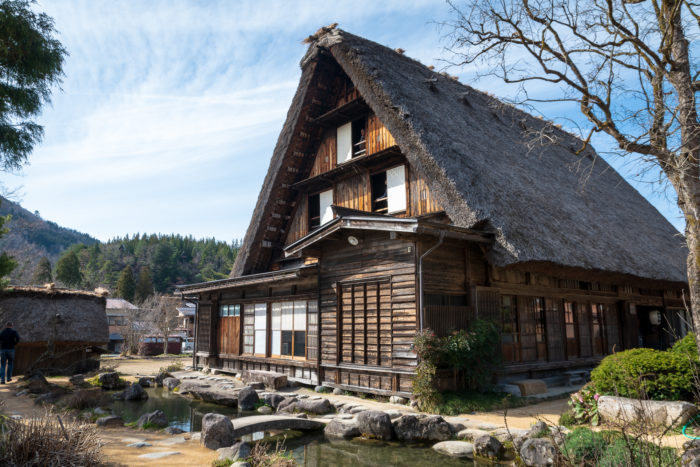
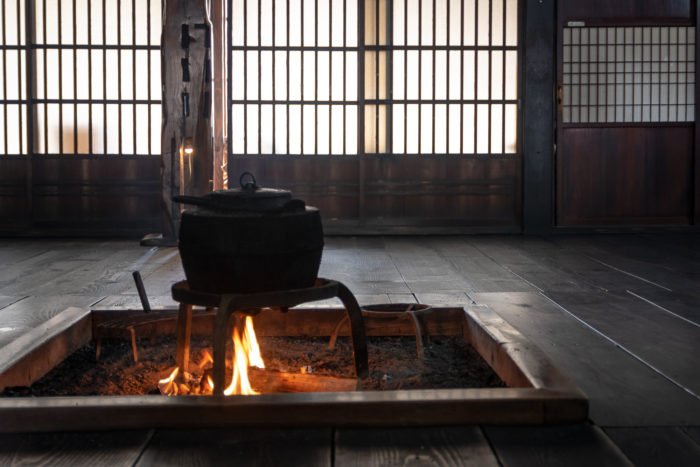
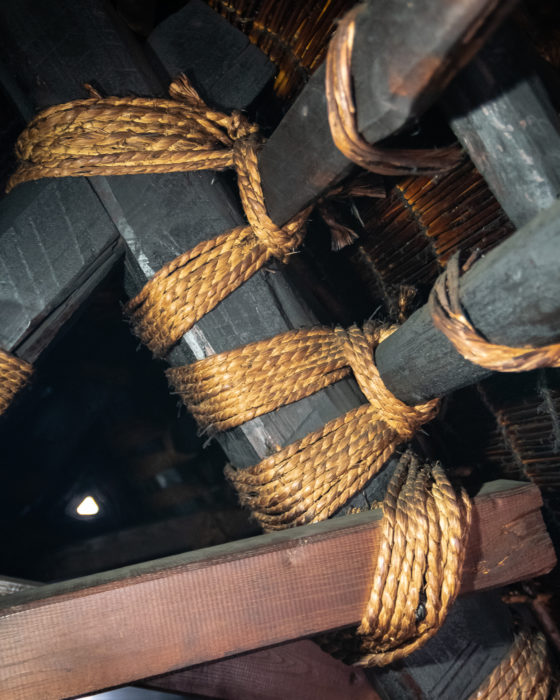
But before the Sanno Matsuri started on the following day, we went on a bus tour to visit Ogimachi village in Shirakawa-Go, a historical village nestled in the mountains known for its distinctive gassho-zukuri farmhouses. This region of Japan gets some of the heaviest snowfalls in the world, and these houses are designed to withstand the crushing weight of the snow without the use of any nails. Clearly this design works, because some of these houses date back to the early 1800’s.
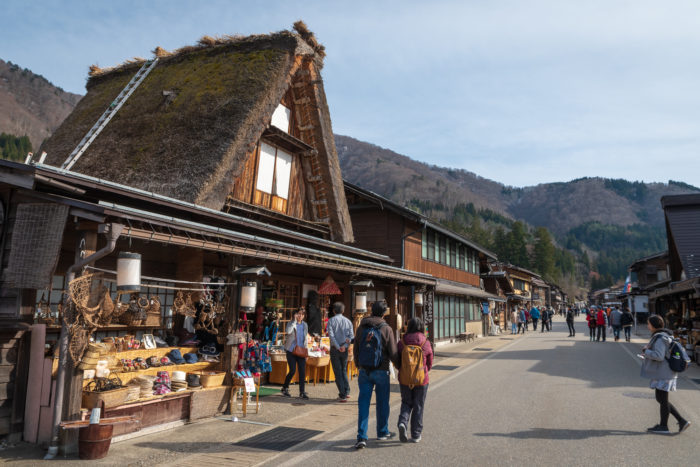
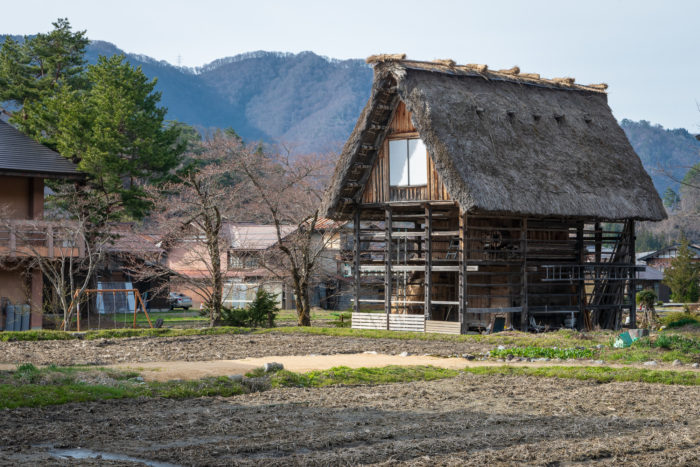
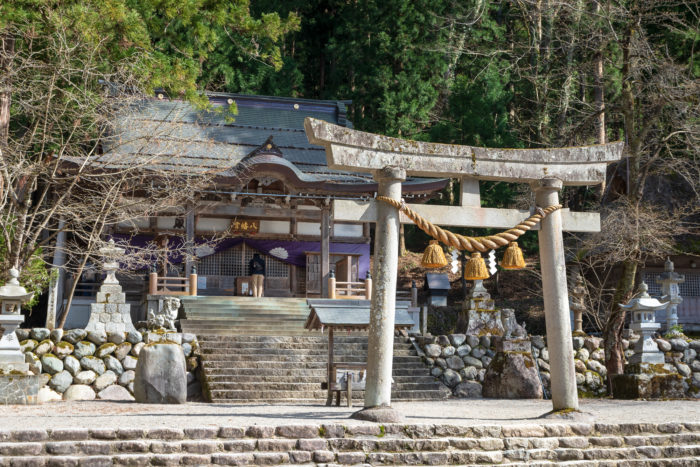
Though many of the farmhouses have been converted into guest houses and museums, this is still a functioning village with many families living in these old houses. It’s nice to see that a community still exists out here in the mountains. It’s a quite a bit of work to get here, but the sight of the snow-capped peaks that surround the village in the distance is a fresh change of scenery.
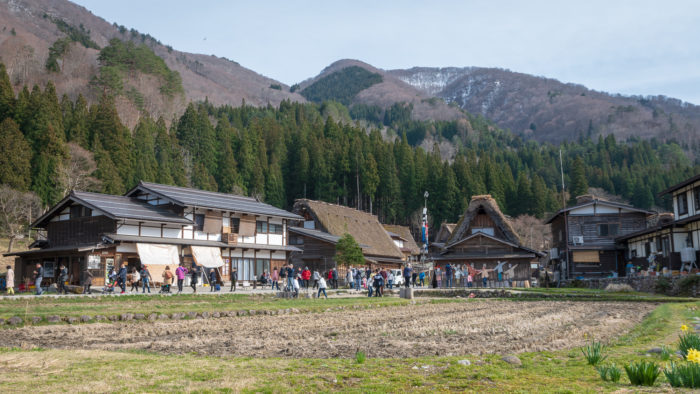
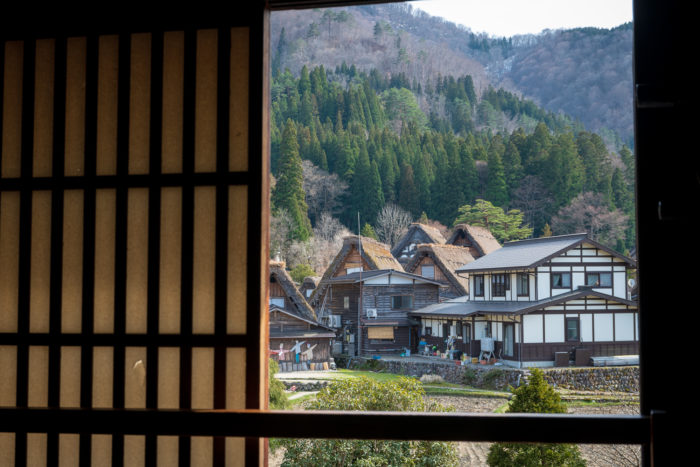
Special mention goes out to Yamamoto-san of the iSite Takayama tour company, who was a delightfully funny and informative tour guide. He recommended Wanda house as most interesting house to visit, a great little place to see the inner workings of these structures. He had a tougher time than usual on our tour, because two of the tour members decided to not show up at the agreed upon return time. The poor man must have ran through the entire village looking for them before breathlessly returning to the bus.
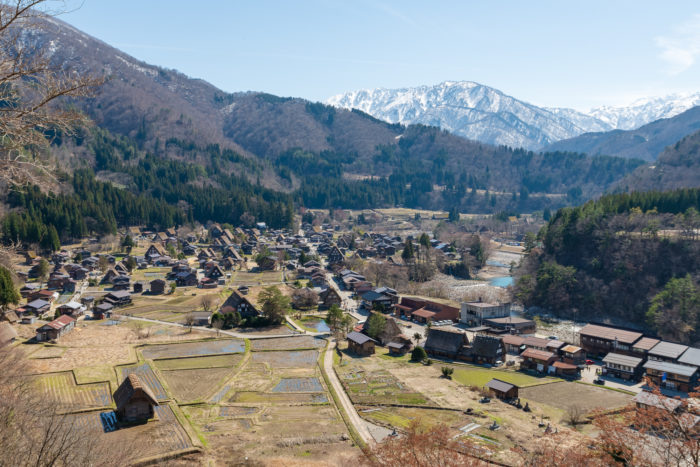
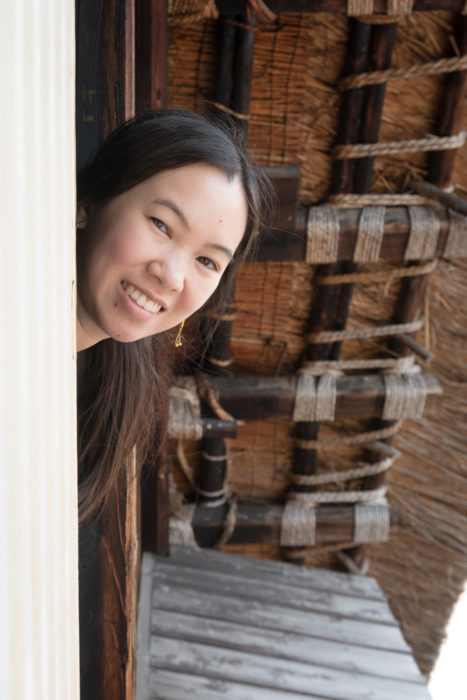
Besides being a great guide, the tour also took us to a very lovely lookout point that we would not have been able to access in the span of a short half-day tour had I taken the local bus, so I wholeheartedly recommend the tour!
Takayama
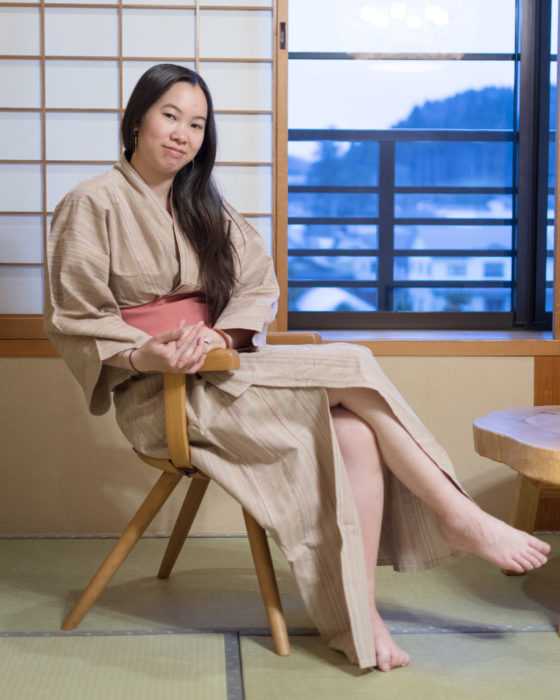
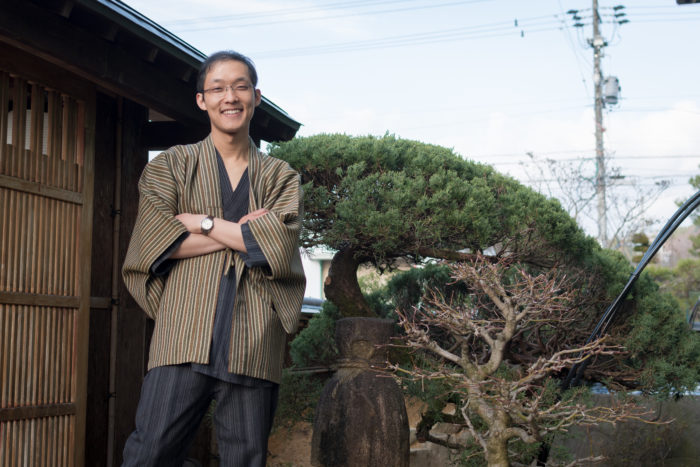
After coming back to Takayama, we hopped on the complimentary shuttle bus to Hidatei Hanaougi, a ryokan on the north side of the city. The onsen water had a very slippery and silky feel to it, and it is claimed to make skin smoother. While I can attest to the skin filling smooth afterwards, I’m pretty sure it’s simply the residual minerals from the water rather than the water somehow transmuting my skin. Whatever the case, a couple of soaks quickly turned my sore legs and shoulders to jelly.
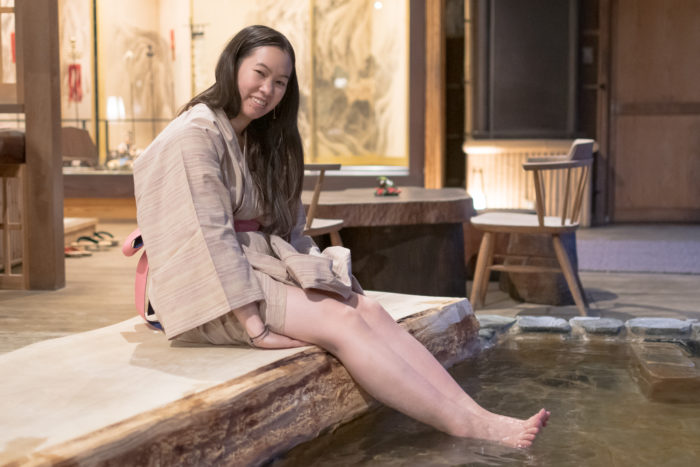
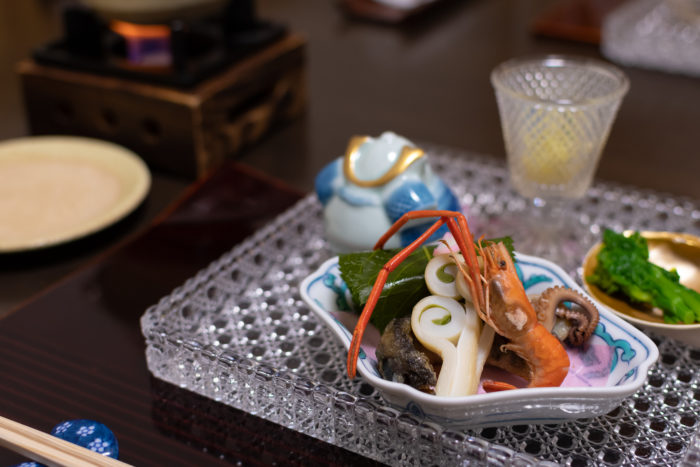
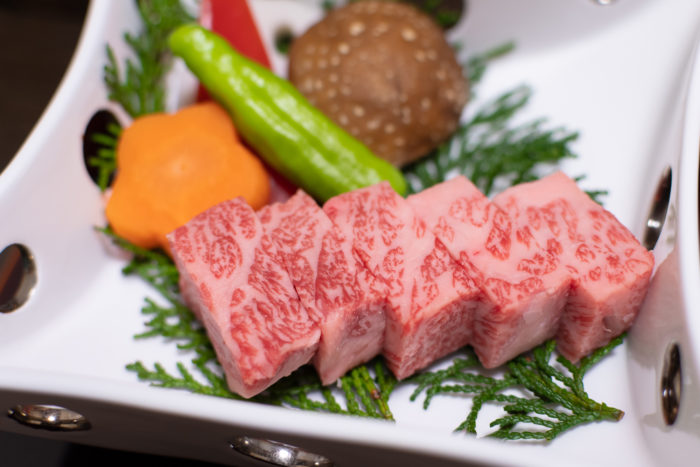
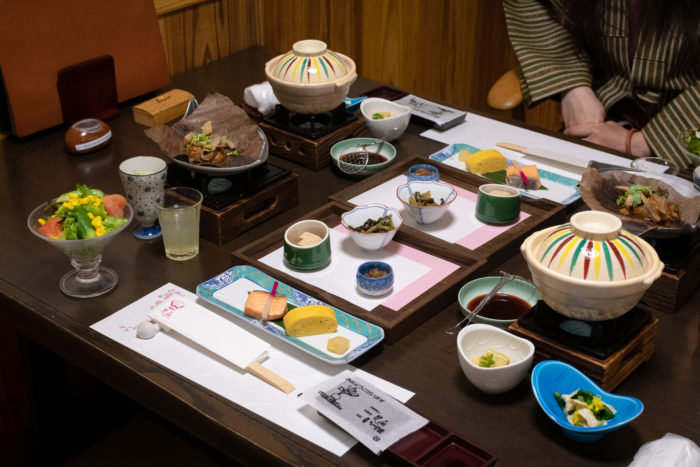
I must reiterate here that ryokans are one of the best activities to partake in Japan. I think some people get a bit too caught up by the public bath aspect of it. But you should think of them as resort spas where they feed you like a king. If you got tattoos or really don’t want to get naked in front of strangers, just go for a ryokan with a private option. For our stay at Hidatei Hanaougi, we tried both the public and private open-air baths are both are great. I especially enjoyed being pulverized by the massage chair afterwards.
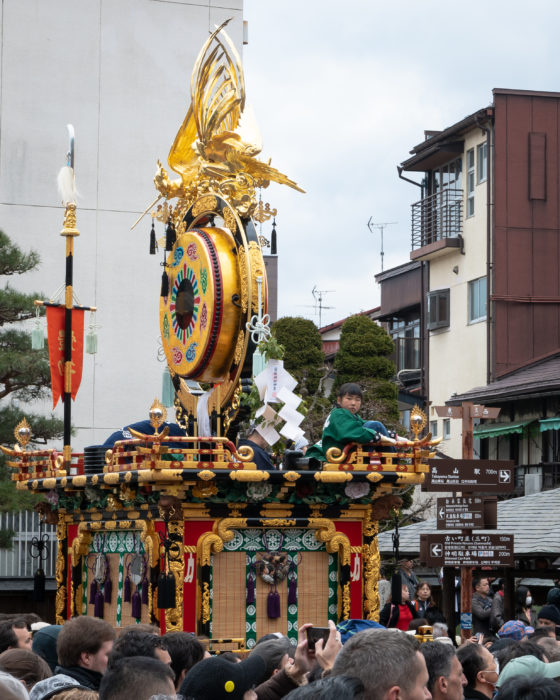
As mentioned before, we came to Takayama for the big Sanno Matsuri. However, the weather decided not to cooperate on that day. The weather in the morning seemed innocent enough, but it quickly became apparent that the forecast from days prior had been accurate. The festival planners did their best at giving the visitors as much of the festival experience as possible in the limited time before the rain started falling.
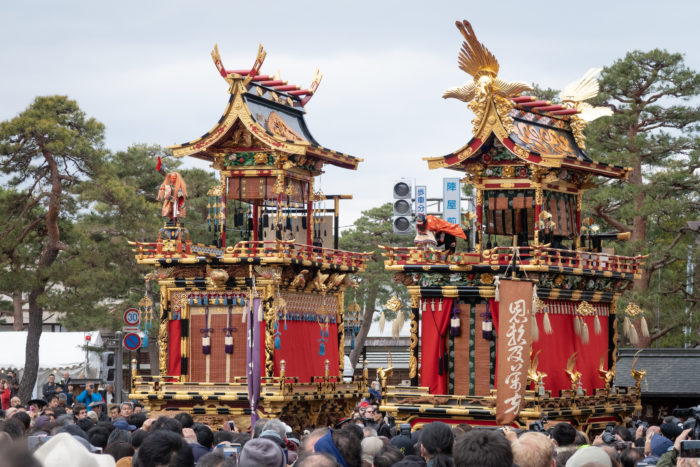
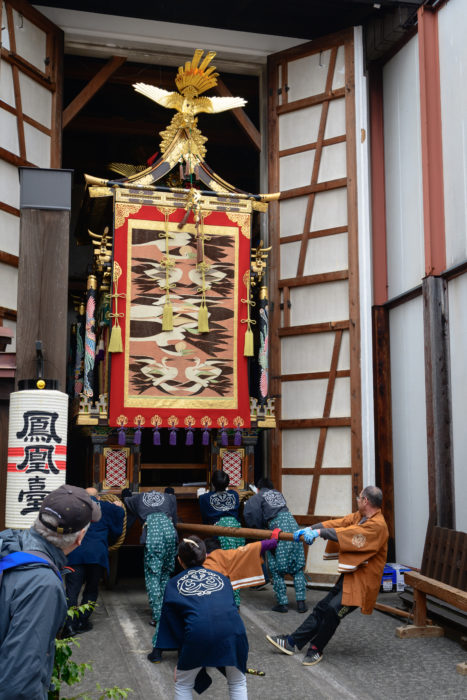
Some of the festival floats have intricate marionette dolls mounted to the front, and the planners moved up the start time of the marionette performance. A massive crowd congregated for the performance before the floats were packed back into their dedicated storage rooms.
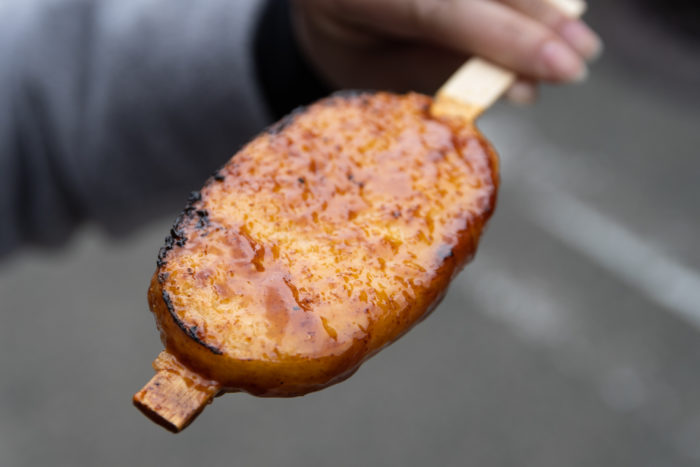
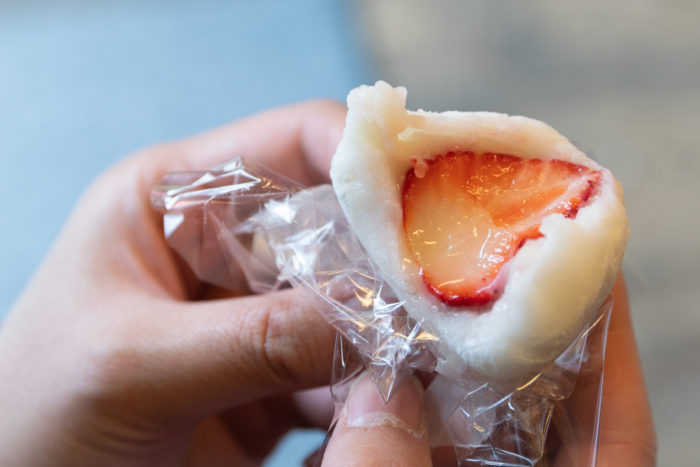
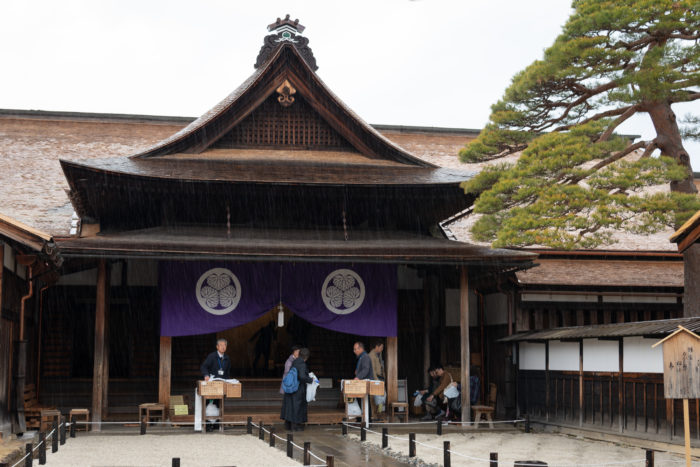
With the entire festival essentially cancelled, we spent the rest of the day sampling food from the old town district, walked a long way to find what I believe is the only arcade in town, and checked out the feudal era government building (now a museum).
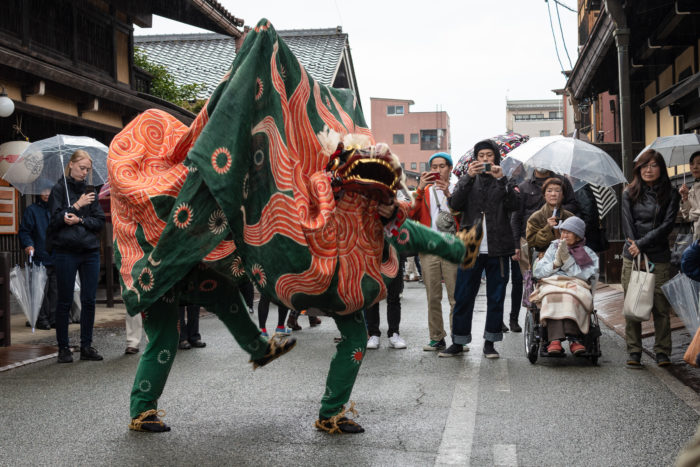
The cancellation of the Takayama festival was a bummer to be sure, especially because this entire 2-day leg of the trip was included specifically for the festival. The hotels had to be booked far ahead of time. We booked it 3 months prior and there were virtually no vacancies on the night of the festival. There were a lot of confused and crestfallen tourists milling about on the roads that day, unsure of how best to salvage the day.
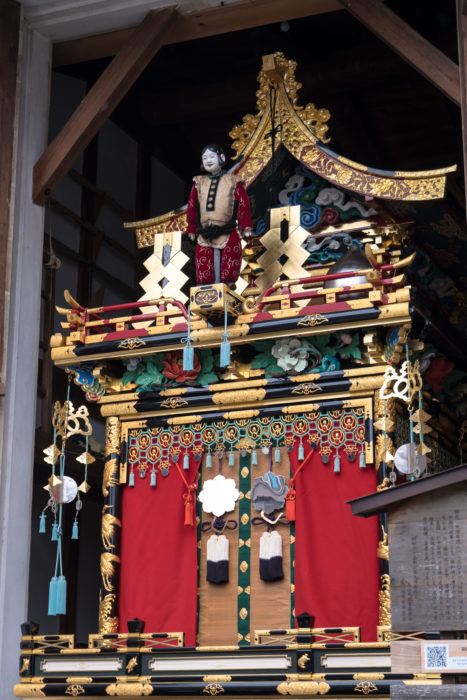
The cancellation also gave us a rather unvarnished view of small-town Japan, where the population stagnation is more keenly felt. It was remarkable how quiet the streets were as soon as we left the cluster of tourist attractions near the city centre. The tour guide Yamamoto-san lamented about the scarcity of young people in the town, as many of them leave in search of better opportunities. One cannot help but wonder what the future holds for Takayama, and by extension the smaller municipalities all over Japan.
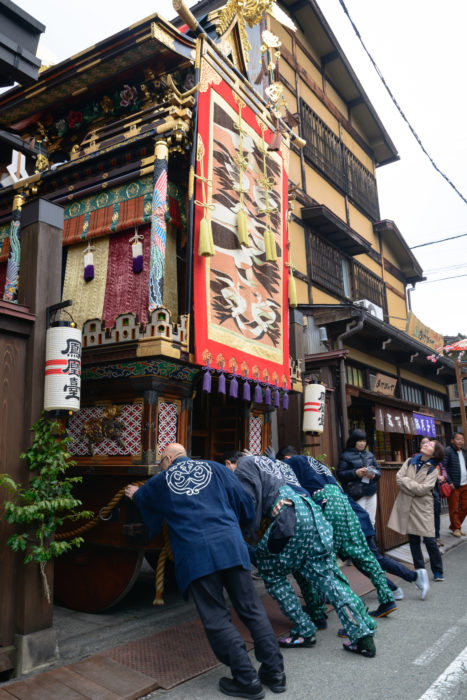
And that’s it for Takayama — not a highlight of the trip for obvious reasons. Bad weather is a fact of life, but a small city like Takayama simply doesn’t have many indoor alternatives to keep oneself busy. Thankfully Shirakawa-go and the ryokan stay were very enjoyable, so this leg of the trip wasn’t a complete wash-out.
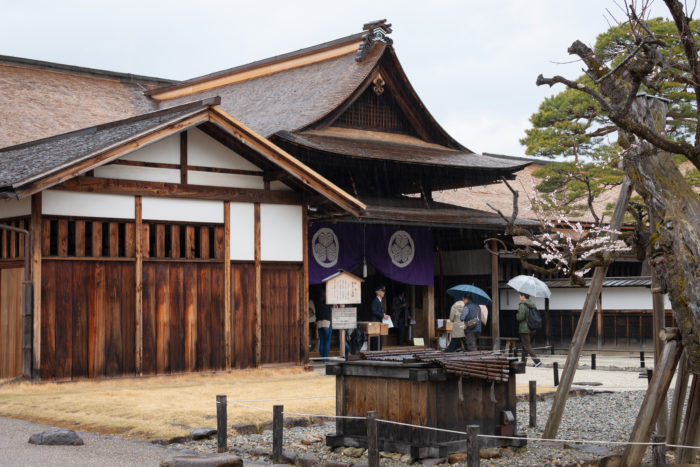
However, because time is a valuable commodity while travelling, the issue of transit time cannot be ignored. Japan’s bullet train system is so fast and convenient that it getting on a local train or a bus feels like suddenly being caught in a traffic jam. Service isn’t as frequent, and a significant amount of time of the day is spent on getting from point A to point B — a big departure from being sitting on a bullet train for half an hour then winding up at the core of a new city, ready to hit the ground running. For example, you can easily hop on a bullet train from Osaka to have lunch in Kobe and be back within a couple of hours.
Of course, I’m not saying you should avoid going off the shinkansen tracks. Rather, the lesson I learned from Takayama is simply to have a back-up plan for bad weather in the future. Certainly easier said than done for some destinations, but putting all your eggs in one basket is never the best idea.

